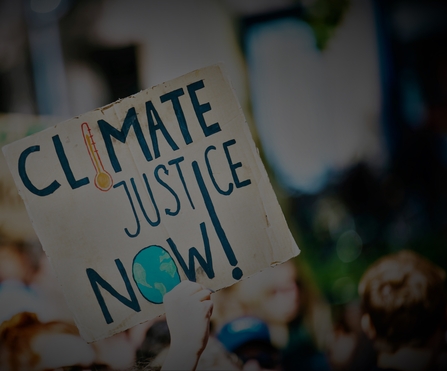The good news:
- An unprecedented agreement was made to reduce the use of coal and accelerate the end of fossil fuel subsidies- this is the first time fossil fuels and coal have been specifically mentioned in 26 UN climate talks.
- About 90% of world emissions are now covered by a net-zero target.
- Promises were made to “revisit and strengthen” plans by the end of 2022 in order to keep the 1.5°C target ‘alive’.
- Climate change adaptation finally got significant attention: high-income countries agreed that by 2025 they must double adaptation finance to about $40 billion a year.
- A number of important ‘side deals’ were made, where groups of countries pledged to curb methane emissions, halt deforestation, block new oil and gas projects and stop international financing for coal.
The not so good news:
- The new pledges made at COP26 don’t keep us within the ‘well below’ 2°C global warming ‘safe zone’ (as per the Paris Agreement) – in fact, they would still lead us to global warming of 2.4°C by the turn of the century. But this is better than the pre-COP26 trajectory of 2.7°C warming.
- Financial support for lower-income countries for climate action remains below what’s needed: for example, high-income countries wouldn’t deliver their promise of $100 billion of finance a year to lower-income countries until 2023, three years late.
What do we want to happen next?
Firstly, at a Northern Ireland level, today we remain without a Northern Ireland Climate Change Act. At the risk of sounding like a stuck record, without a Climate Act we are somewhat cast adrift, policy and action-wise – directionless and in limbo – whilst all bordering nations make progress with carbon budgets and sectoral plans. All action must flow from this Act – so this needs addressing with true urgency, and having two climate change bills in the mix cannot cause further delays in progressing an Act. The Climate Change rally on 6th November demonstrated how strongly local people feel about this issue.
{Addendum: Breaking News! The AERA Committee met on 2nd December and expressed support for the vast majority of provisions in the Climate Change (No. 1) Bill (the Private Members' net zero Bill) – one step closer to the consideration stage, and to becoming law. This marks a major step forward for achieving a Northern Ireland Climate Change Act within the current Assembly's mandate}
The COP26 aim to ‘keep 1.5°C alive’ with commitments from nations for further pledges next year must be coupled with a local-to-global ‘30 by 30’ nature target, supported by a Nature Recovery Network approach. It’s time to get serious about putting nature in recovery across 30% of the UK’s land and sea by 2030 to tackle the twin climate and nature crises.
We cannot shy away from difficult situations, and the role of agriculture and land use in tackling emissions is vital – agri-environment policy reform is essential for providing support for a just transition and to enable land managers to act as carbon custodians- while also helping nature.










